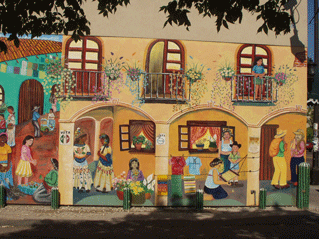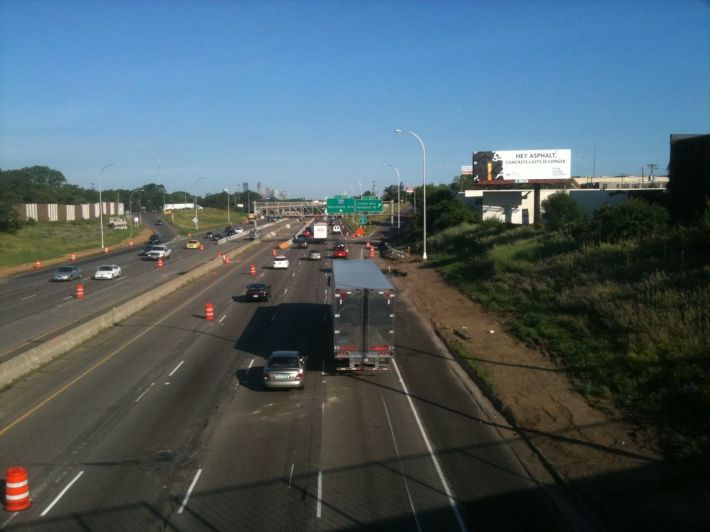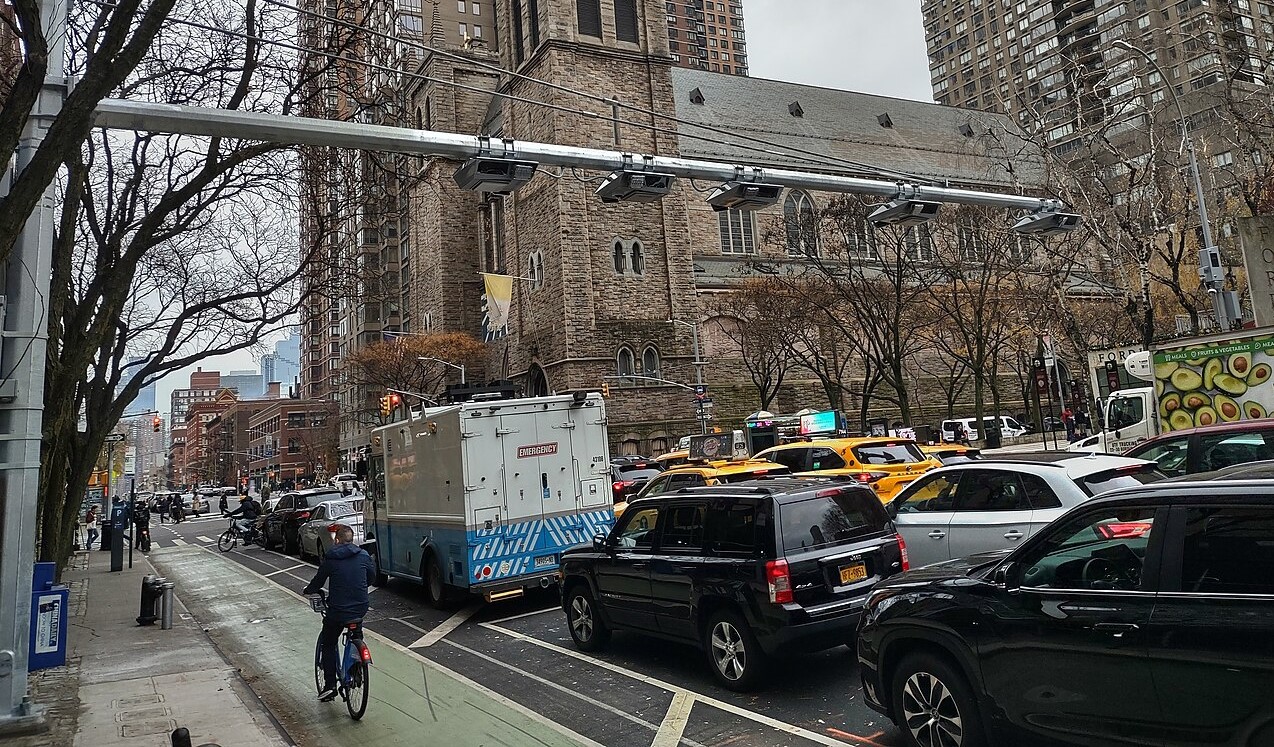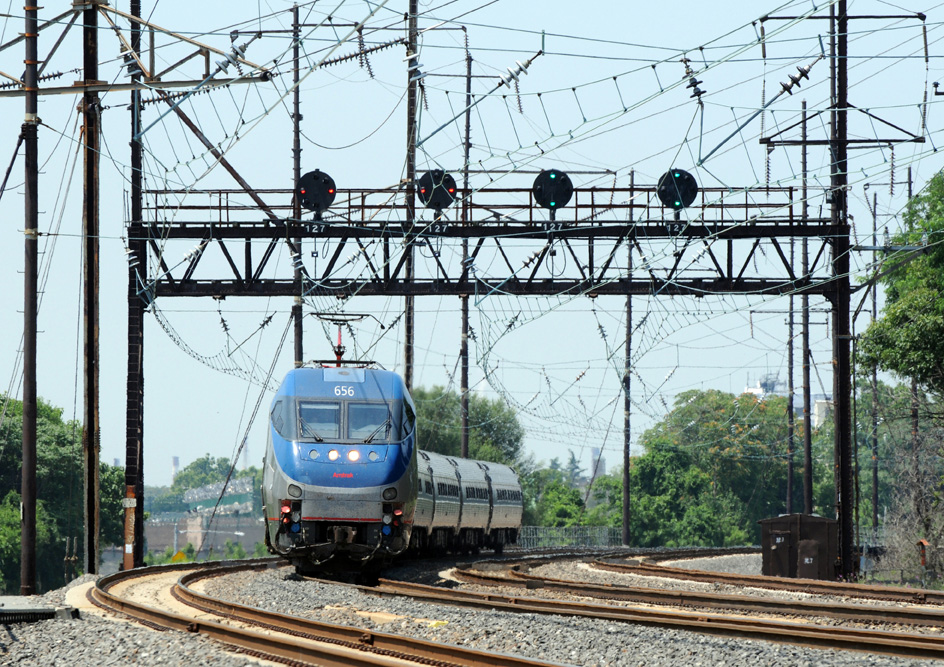When I was a college student in the Twin Cities, I moved between Minneapolis and St. Paul on the 21 bus or the 16 bus or by bike, traversing vibrant corridors like Lake Street and Washington Avenue. I rode past art cinemas and pancake houses and Mexican supermarkets and puppet theaters. Or I didn't ride past -- I stopped and sampled.

I returned to the Twin Cities last month for my college reunion. Though I was excited to test out the new bike-share system, I was traveling with my family and, bowing to the pressure of convenience and time savings, we rented a car. Every day, sometimes several times, we traveled up and down I-94 and sometimes I-35. No arthouses or supermercados on this route. I missed showing my family some of my favorite parts of the city, because we sped past them.
Some in Minneapolis are now re-considering whether it really serves the cities well to make these freeways the easiest and fastest way to get around. On Tuesday, Marlys Harris -- a Twin Cities reporter with a master's degree in urban planning -- speculated in MinnPost that maybe it was time to tear down those freeways, as other cities are beginning to do with their urban thoroughfares.
"Nobody is saying that we should do away with the entire interstate highway system," Harris wrote. "But freeways cutting through downtowns?... Even Eisenhower, the progenitor of the modern interstate system, was shocked when he learned that freeway construction in Washington, D.C., had him halted in a traffic jam. He thought the highways were to be built between cities not in them."
Harris acknowledges that the idea of a teardown may sound like "heresy" in the Twin Cities, where they've just spent millions rebuilding some of their major highways. But, she said, these roads "rip apart neighborhoods, produce tons of pollution and noise and take land off the property tax rolls, forcing everybody else to pay more." Plus, they induce more demand for driving, leading to sprawl and even more congestion -- a pretty raw deal for the cities.
Harris admits that nobody she called in either city "knew of any plans to demolish freeways — or pieces of them." Even John Norquist, former Milwaukee mayor and current head of the Congress for the New Urbanism, said, in Harris' words, that "getting rid of a highway connecting two cities and sitting in a major trench would be near impossible." But Harris gets this right: "Given the cost of shoring them up, however, maybe someone should start thinking about it."

And it sounds like people are beginning to think about it. Within two days of the publication of her story in MinnPost, Harris was invited to appear on Minnesota Public Radio -- along with John Norquist -- to spread the gospel. They agreed that even if the cities aren't ready to rip out I-94 and I-35, they can at least shorten some of the unnecessarily long exit ramps and redevelop that land.
The gold standard, though, is a city without freeways, Norquist said. He points to Vancouver, B.C., "which has had the best real estate market of any metropolitan area in North America over the last 20 years," he said. "They have no freeways, none. And it works fine. The traffic distributes very efficiently over the street grid, and it doesn't create the situation where you have these long travel-sheds" like in the Twin Cities.
If any U.S. city can do it, it should be Minneapolis-St. Paul. Minneapolis has the second-highest bicycle-commuting rate in the nation, despite its unforgiving winters; ridership on the new light rail system is exceeding expectations; and they're doubling down on transit-oriented development to build on previous successes. With so much innovative thinking around transportation and land use, the Twin Cities could show the country how forward-thinking it really is by taking the next step and getting rid of the dinosaur freeways scarring its vibrant urban centers.





